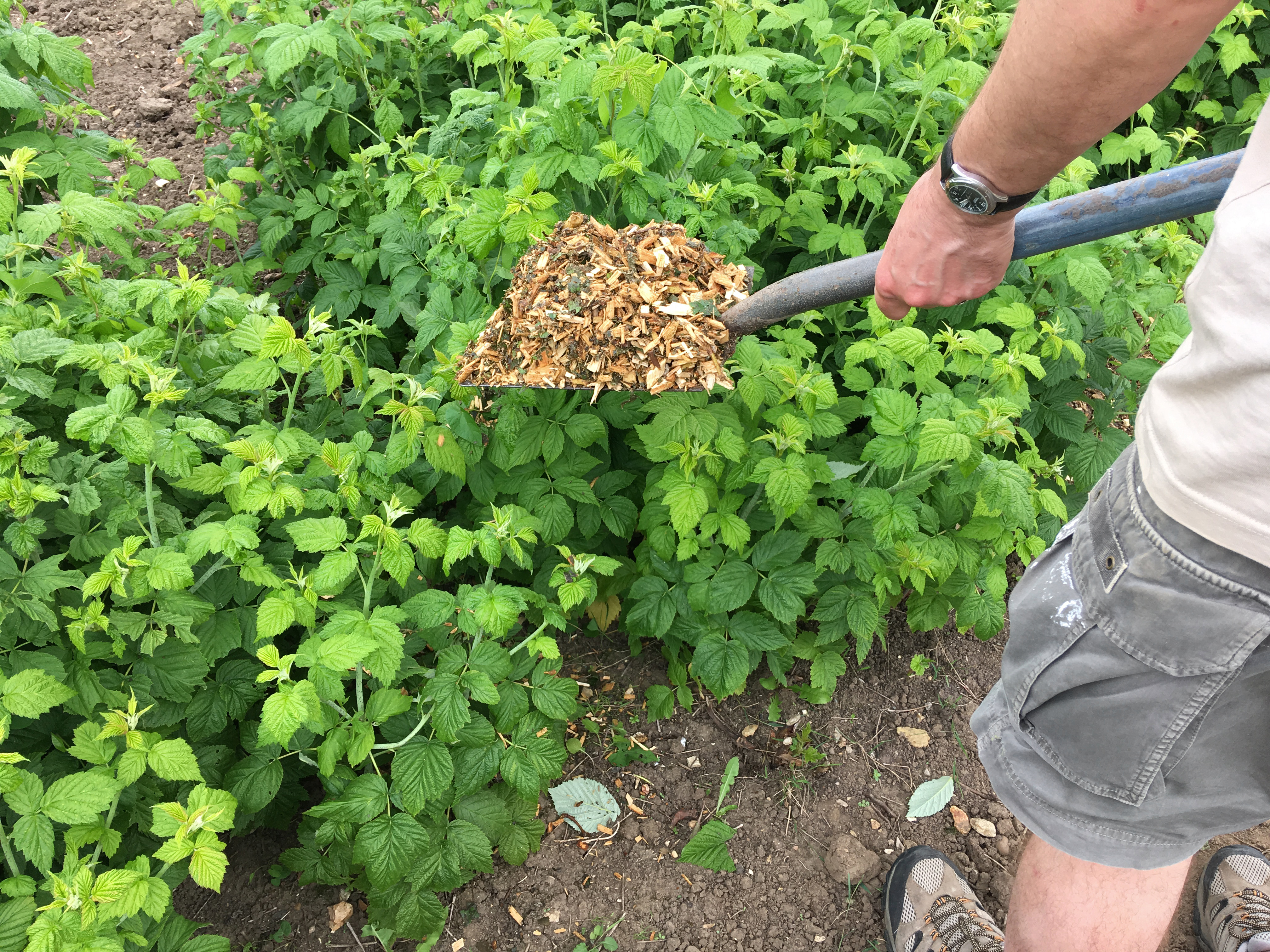You can chop them up or pull them out, but that isn’t always enough to get rid of them. Some release seeds that germinate in a matter of days—or even years. Weeds with large root systems or deep roots can break apart and regrow from stems, runners, or small fragments left in the ground. You don’t have to go after weeds with a burn-everything-to-the-ground approach, thankfully. We’ve got some suggestions to help you get rid of weeds while still safeguarding your flowers and vegetables.


Start With Mulches
Use mulch if you only want to do the bare minimum to get rid of weeds and start fresh. This will make the beds unusable for a while, but the mulch will gradually decompose, leaving you with new, rich soil.
Mulches come in a range of sizes and can be purchased from a garden store or from a private vendor. Some people even get rid of mulch products for free, such as pine straws. Weeds will be unable to grow because the mulch creates a barrier between them and the sun. Put down a layer of moist newspaper and cover it with at least two inches of mulch if your weeds are severe. This will kill the weeds, stop them from growing, and eventually leave you with nothing but a plantable garden.
A Weed Barrier May Help
Weeds cannot grow in landscape fabric because it blocks sunlight. If you don’t want to spend the money on a ready-made barrier, consider utilising black plastic strips or even old carpet (a solid piece of plastic or carpet would prevent water from soaking into the soil). If desired, cover them with decorative mulch.


Get your hands dirty
Of course, there are times when nothing beats getting down on your hands and knees and yanking the weeds out by the roots. To protect yourself from allergens, bugs, and thorns, use gardening gloves. Invest in some knee pads or a comfortable seat cushion so you can relax and pull those weeds out.
This can also be a cathartic experience. You’ll break a sweat in the process, but when you’re done, you’ll have a neatly cleared garden ready for the next phase of its life.


Use Weed Killer Carefully
Weed killers can be challenging to employ since they will destroy your desirable plants if they come into contact with them. For example, if you’re spraying weeds on a windy day and the spray drifts, this can happen.
Glyphosates, on the other hand, are an effective herbicide that works by spreading from a plant’s leaves to its roots. They come in a variety of forms, including liquids, solids, and ready-to-use items, and eventually decompose in the soil.
Take the help of a power tool
Some homeowners are less concerned about the long-term effects of weeds and prefer to use power equipment to keep them at bay.


However, utilising a weed eater isn’t a one-time deal. To keep your weeds from becoming unattractive, cut them down once a week when you’re doing your normal mowing. This is, however, one of the most common options for a simple weed removal procedure.
Also Read : Paradise on rooftop




Leave feedback about this